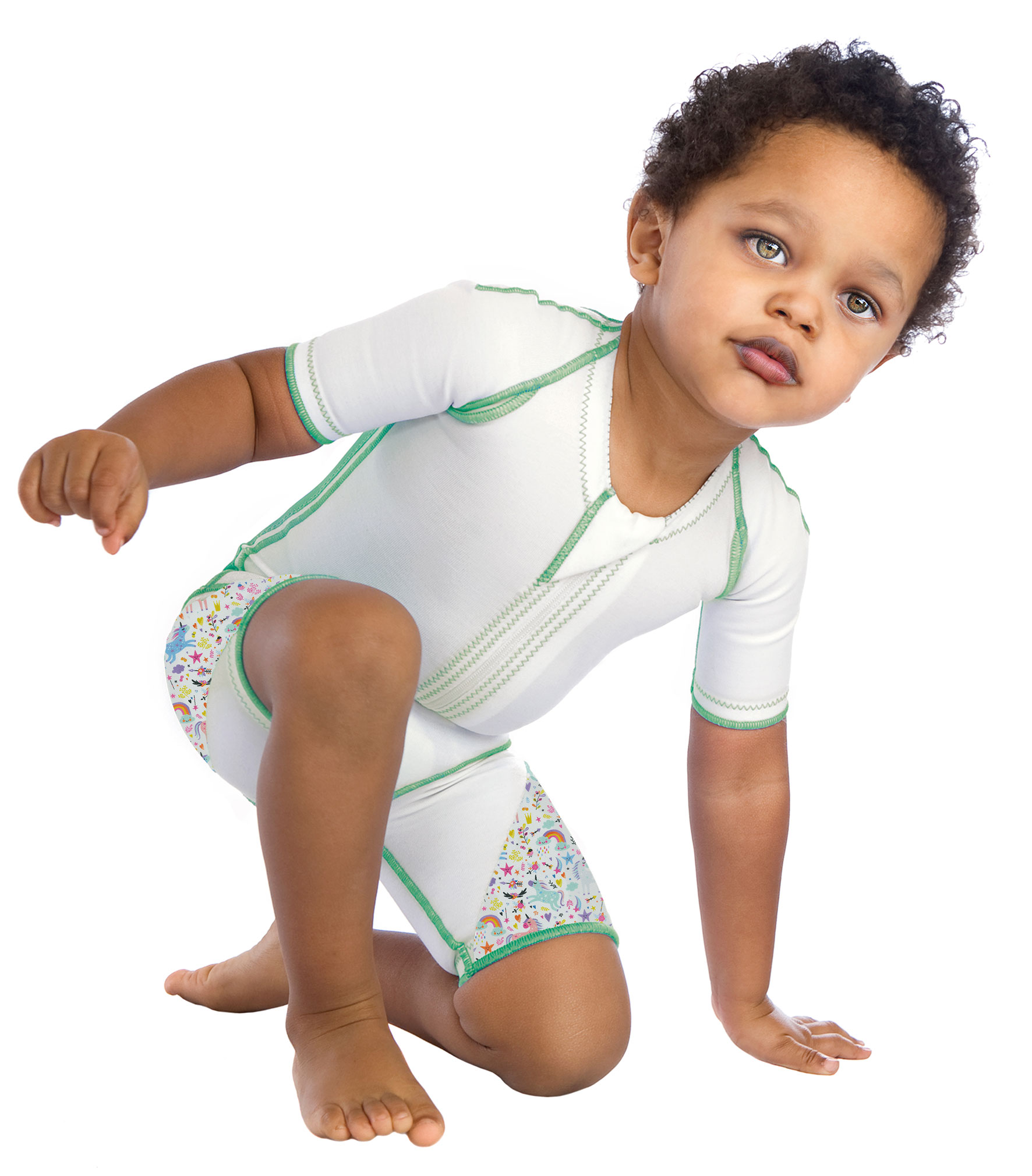 Spearheaded by the Spina Bifida Association, established in 1973, October is recognised as Spina Bifida Awareness Month. It is a time during which the lives of people living with the condition are celebrated and their stories shared, helping to raise awareness and improve support.
Spearheaded by the Spina Bifida Association, established in 1973, October is recognised as Spina Bifida Awareness Month. It is a time during which the lives of people living with the condition are celebrated and their stories shared, helping to raise awareness and improve support.
 |
| SDO® Original Suit in the No. 24 General theme |
Many different kinds of awareness and advocacy activities take place which, in addition to lifting the profile of spina bifida across the world, also help to raise much-needed funds for various spina bifida charities and organisations.
The literal meaning of spina bifida is 'cleft spine'. The condition is the result of an unborn child's spinal cord and spine not developing properly in utero; a part of the structure which develops into the spinal cord and brain, known as the 'neural tube', closes incorrectly, leaving a gap in the spine.
Though statues, artefacts and textual descriptions of spinal defects have been discovered dating back to ancient civilisations, the first clinical descriptions of spina bifida were made in 1653 by Nicolas Tulp in his book 'Observationes Medicae'. Tulp coined the term 'Spina Bifida, considering it to be a 'duplication of the spinous process of the vertebra' and describing it as a 'vertebral anomaly'.
From this time up until the middle of the 19th century, various treatment methods were attempted without success. The first technique that had some success (injection of a glycerine and iodine solution into the sac) was discovered by Dr James Morton; although mortality rates quickly fell, spina bifida patients still experienced severe debilitation.
 |
| SDO® Original Suit in the No. 14 Starlight theme |
Today, new surgical techniques can be used to repair spinal defects. The surgery is usually performed on babies with spina bifida within 48 hours of their being born to prevent nerve damage caused by membranes and nerves pushing out of the gap in the spine to form a sac. The surgeon puts the spinal cord, along with any exposed nerves or tissues, back into its rightful place before closing the gap in the spine and sealing it with muscle and skin.
Living with spina bifida can present many challenges however, there are numerous ways to control and manage the symptoms, with the result that the majority of people can live independent lives. Occupational therapy and physiotherapy can vastly reduce the severity of the symptoms and a wide range of mobility equipment is available. There are also several charities, organisations and support groups offering support and advice to people with spina bifida and their caregivers.
Wearing garments from the SDO® Original Sensory Dynamic Orthosis™ collection from Medigarments Ltd can also offer plenty of therapeutic value. Discover more details about this gold-standard range on the Medigarments website or reach out to our expert clinical team who are happy to assist you. For more special features like this one here, please subscribe to our free email newsletter or alternatively spread the word by liking and following us on Facebook, X, Instagram and LinkedIn.
SDO® Original is part of The World of SDO® Sensory Dynamic Orthosis range of dynamic Lycra® compression garments by Medigarments Ltd. SDO® is the registered trademark of Medigarments Ltd.

